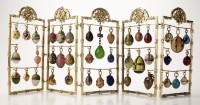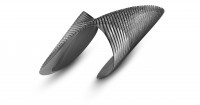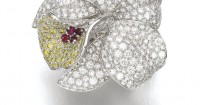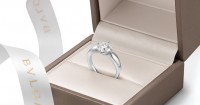Brief: “Fabergé Revealed” set to open in November in Las Vegas
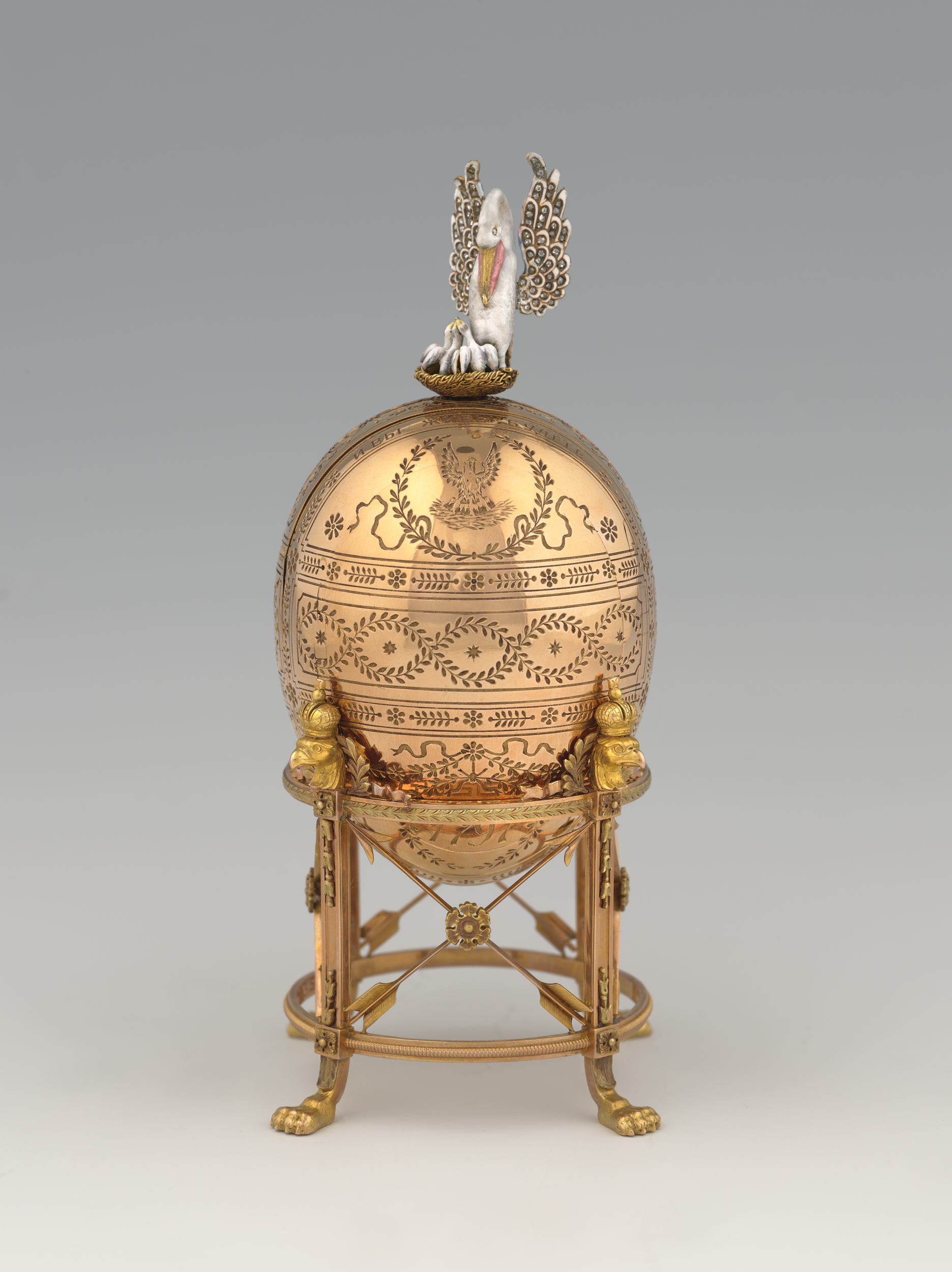
The bird perched atop the Imperial Pelican Easter Egg — which was created to celebrate the Dowager Empress of Russia — is meant to symbolize maternal care. Photo: Katherine Wetzel © Virginia Museum of Fine Arts.
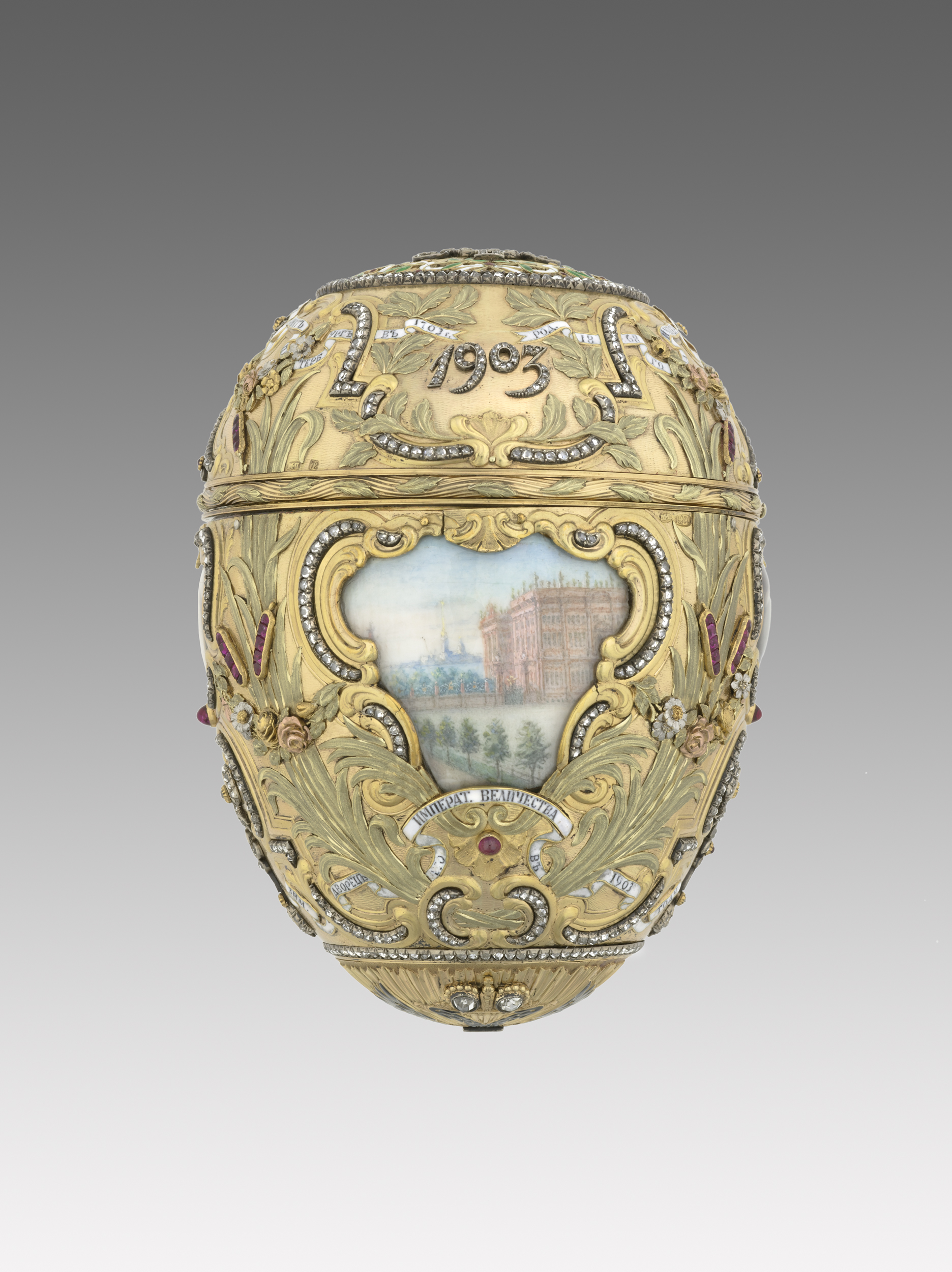
Dating back to 1903, Imperial Peter the Great Easter Egg is crafted from gold, platinum, diamond, rubies, and ivory, among other materials. Photo: Katherine Wetzel © Virginia Museum of Fine Arts.
BY KAREN AANONSEN
Exquisitely crafted with stunning, ornate details, artist-jeweler Peter Carl Fabergé’s work was beloved by Russian Tsars Alexander III and his son and successor, Nicholas II. Now, 238 rare Fabergé artifacts are being put on glittering display at the Bellagio Gallery of Fine Art in Las Vegas. Opening November 14, 2014, “Fabergé Revealed” will treat visitors to an array of enameled picture frames, gold cigarette cases, jewel-encrusted brooches, and, of course, the master’s signature enameled eggs. Among four Imperial Easter Eggs showcased will be the Imperial Pelican Easter Egg: Created in 1897, the red-gold piece unfolds into eight parts, each rimmed with pearls and featuring a watercolor, while a pelican stands in a nest atop the egg and feeds her young. The full collection, in collaboration with the Virginia Museum of Fine Arts, will be on view until May 25, 2015.
—Sept. 17, 2014





